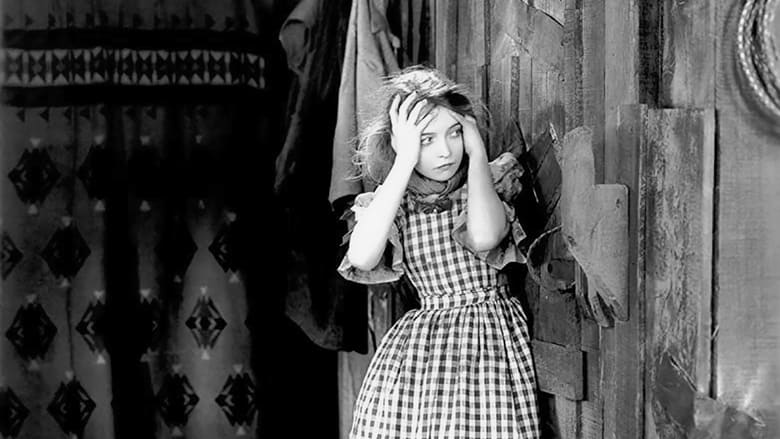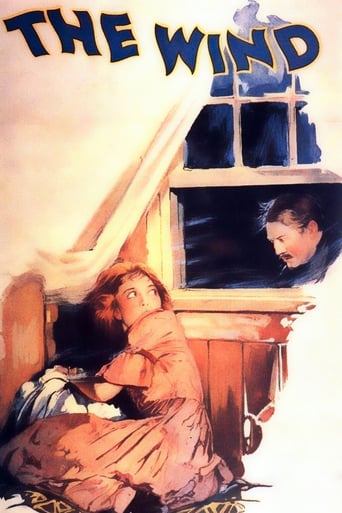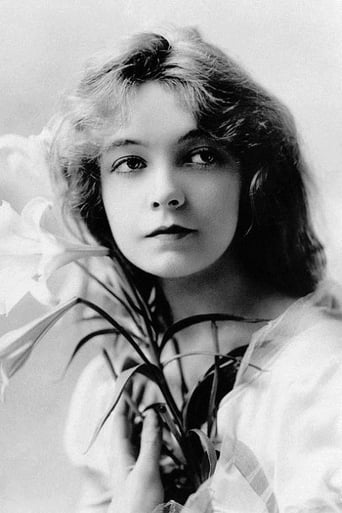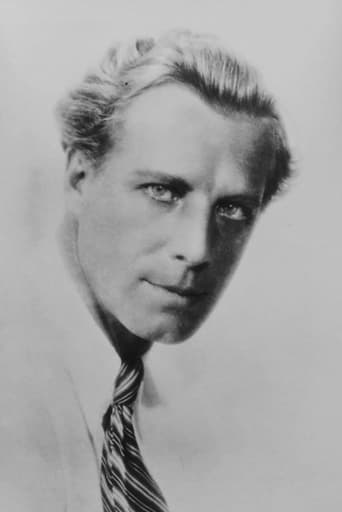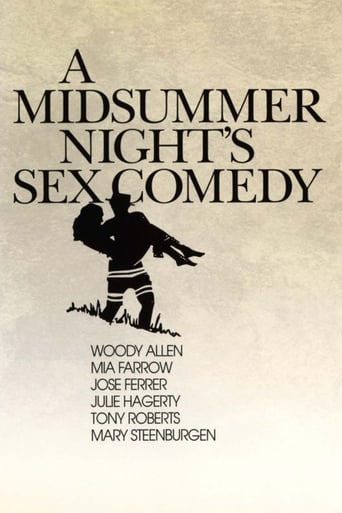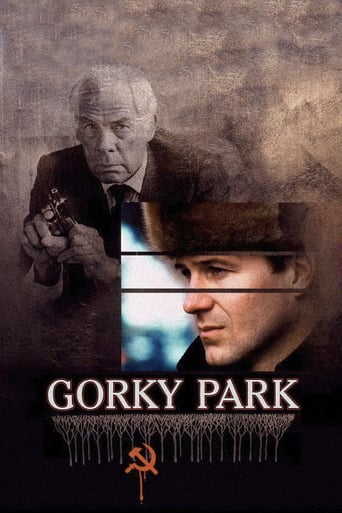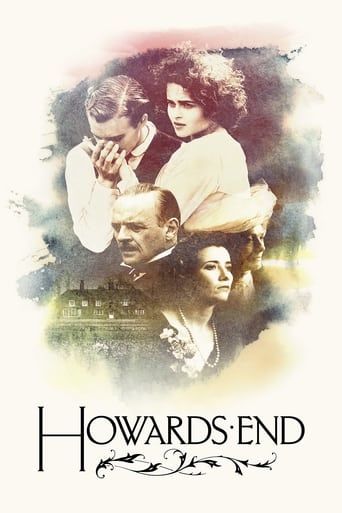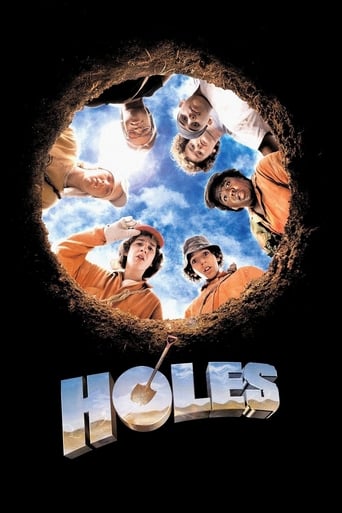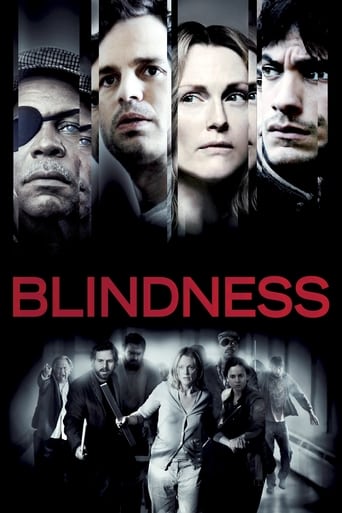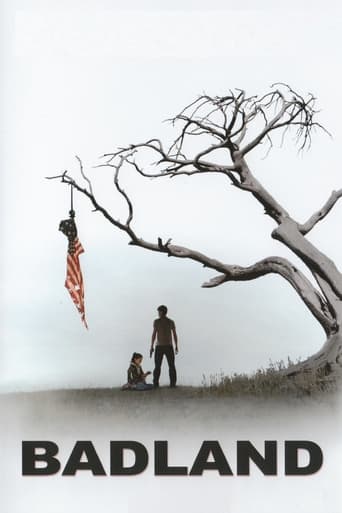The Wind (1928)
When Letty Mason relocates to West Texas, she finds herself unsettled by the ever-present wind and sand. Arriving at her new home at the ranch of her cousin, Beverly, she receives a surprisingly cold welcome from his wife, Cora. Soon tensions in the family and unwanted attention from a trio of suitors leave Letty increasingly disturbed.
Watch Trailer
Free Trial Channels
Cast


Similar titles
Reviews
A Disappointing Continuation
After playing with our expectations, this turns out to be a very different sort of film.
Excellent and certainly provocative... If nothing else, the film is a real conversation starter.
One of those movie experiences that is so good it makes you realize you've been grading everything else on a curve.
With motion pictures having its share of windy film titles throughout the years, ranging from SOMETHING IN THE WIND (Universal, 1947), WRITTEN IN THE WIND (Universal, 1956), INHERIT THE WIND (United Artists, 1960), and the most famous wind title of all, GONE WITH THE WIND (Selznick, 1939), one of the last great silent movies with artistic style and motion becomes simply called THE WIND (Metro-Goldwyn-Mayer, 1928). Directed by Victor Seastrom, who earlier directed its leading players of Lillian Gish and Lars Hanson in THE SCARLET LETTER (MGM, 1926), re-teams these two here for another classic melodrama where the wind/or cyclone take precedence through parts of the story "of a woman who gave into the domain of the winds."Plot summary: Letty Mason (Lillian Gish) is a young girl from Virginia train-bound through the western prairie to stay with her cousin and family at his ranch in Sweet Water. While fearing the endless sounds of wind as seen through the train window, Letty soon makes the acquaintance of Wit Roddy (Montagu Love), a rugged fellow passenger and cattle trader who takes an interest in her. Once at her destination outside the train station, Letty is met by Ligh Hightower (Lars Hanson) and his friend, Sourdough (William Orlmond), nearest neighbors of her cousin (15 miles away) who have come to take her to the ranch by coach. While Letty gets a warm reception from her cousin, Beverly (Edward Earle), and meeting with his three children (Leon Ramon, Carmencita Johnson and Billy Kent Schaefer), she fails to get the same welcome from his bitter wife, Cora (Dorothy Cumming). During a social gathering, Letty meets with Wirt Roddy once more, who offers his hand of marriage. Because of her closeness towards her husband, the jealous Cora forces Letty to leave her ranch and get herself married. Accepting Wirt's proposal, she discovers through him that he's already married and only wants Letty as his mistress. With nowhere else to go, she chooses the marriage proposal of Ligh instead. Their wedding night is anything but pleasant, considering how both bride and groom are heavily nervous about being alone together. After Letty rejects Ligh's forced intentions, Ligh realizes Letty's hate towards him and decides to earn enough money to send her back home to Virginia. After returning home from working on the prairie, Ligh brings home an injured stranger who happens to be Wirt. Being left alone with him while her husband is out working, Letty soon finds her biggest fear is not so much the endless sounds of the wind, but the very presence of the man who's still obsessed by her.Lillian Gish has come a long way since her days under famed movie director, D.W. Griffith, that began in 1912. After leaving Griffith by 1921, he ventured over to Metro by 1923. During her MGM years, her acting style not only improved, but Gish herself matured greatly as a serious actress. In a plot that echoes her earlier success of Griffith's WAY DOWN EAST (1920), where Gish braved the forceful blizzard winds, this time she goes through extremes of forceful winds of sand, with realistic insane moments where she observes the every movement inside her cabin, and unable to move herself forward through the wind while outside making her escape. Because this is a silent movie, Swedish actor Lars Hanson gets away playing an American prairie man. Most scenes are nearly stolen by the villainous and sometimes scary performance by Montagu Love. Dorothy Cumming as the unfriendly wife also brings chills up and down one's spine in the similar manner of other actress of the time, Gladys Brockwell. William Orlamond, who sometimes resembles that of Lucien Littlefield, is around for some comedy relief as the middle- aged farmer. According to sources, THE WIND had little appeal to movie audiences back in 1928. THE WIND has fortunately aged well and stood the test of time, especially when it surfaced decades after its theatrical release. THE WIND did became a curiosity for many when the climatic windstorm segment involving Gish and Love was clipped into a segment of an 13- week, well-informed history of silent movies documentary "Hollywood" (1980) under the narration of James Mason. Availability to home video with Thames Orchestral Score conducted by Carl Davis in place of original 1928 soundtrack and sound effects went into release by 1988, with five minute introduction by Lillian Gish herself. THE WIND was soon followed by world television premiere on Turner Network Television (TNT) August 26, 1990, followed by another broadcast Christmas Eve (December 24, 1990) as part of its "Silent Night" silent movie festival. In later years THE WIND (at 77 minutes) enjoyed frequent broadcasts on Turner Classic Movies, where, through its revivals, continues to win the appreciation it lacked way back in 1928. (****)
A really scary movie. Count poor Letty's (Gish) frustrations after leaving the train. It's just one menacing disappointment after another, whether the two uncouth louts (Hanson & Orlamond), the muscular Cora, that dinner from heck, or the hellish wind that never lets up. Whatever else, this is a first-rate horror movie, much more effective than the splatter movies of today. Get a load of butcher Cora just standing next to the splayed steer carcass, knife in hand. If I were Letty, I wouldn't walk, I'd run back to Virginia. There are so many arresting images, thanks to director Seastrom (I believe)-- the empty horizon swept bare by the blow, the spectral stallion running wild with Letty's fears, and the clawing at the window. The wind and dust forever clawing. Never has a force of nature been transformed so effectively into an infernal presence. Poor Letty. Watch her features twist as the anguish grows. Forget the happy, unbelievable ending. That was a studio surrender no one in production agreed with—at least, according to a Gish. A truer ending was apparently filmed, but MGM brass buckled under the grimness. Too bad. This is the stuff of bad dreams, especially since it's wordless. I think I understand now what my friends from Kansas used to say—"It's just that old Devil Wind showing who's boss". Great movie.
OK first I would like to say that I am commenting on this movie after only seeing once it years ago on TCM. What made me think to comment was just this, I was watching a documentary the other day on Silent Film History and saw some clips from "The Wind". Now I never thought about what I am about to mention before, probably because the last time I saw "The Wind" I didn't own every Hitchcock DVD and box set there is as I do now (On Hitchcock: I both own and recommend Warner Bros 9dvd Signature Box, Universals 15dvd Masterpiece Collection Box, The New MGM/UA Premiere Collection Box and then to assemble the rest of his early films you can do it a few different ways also you have to buy To Catch A Thief and a few others as individual dvds).POSSIBLE SPOILERS...OK now what I want to ask is: Does "The Wind" contain Hitchcockian elements?? I haven't seen the film in some time and only recently have I seen clips. Also the time I did see the film it was already a few minutes into the story. Only one year after Hitchcock's "The Lodger: A Story of the London Fog" (1927), and some decades before the term "Hitchcockian" would come to be, I believe that The Wind does have Hitchcockian elements. As for these elements some may say that just because a film contains elements of great suspense or the use of an average(everyman/woman), innocent character being plunged into events that are almost unexpected if not definitely unwanted doesn't mean that this film is inspired by or can be coined as Hitchcockian. The term seems to be most widely used these days to describe certain films that seem to have been inspired by or that contain obvious elements of Hitchcock design such as the ever popular plot device "The MacGuffin"(or McGuffin if you prefer). While I am no film expert and mainly just a huge film collector/nut that happens to love classic cinema both silent and sound, I am interested in whether or not Victor Sjöström could have possibly seen one of Hitchcock's 6 or 7 films that had been released prior to "The Wind" in 1928.. Surely living in the UK he would have heard of Alfred Hitchcock at that time. While Sjöström was from Sweden and may have seen one or more of Hitchcock's films prior to filming "The Wind" I am sure that the Hitchcockian elements that I felt I saw in "The Wind" were just elements of another great director; Victor Sjöström.I guess being such a die hard Hitchcock fan I see elements of his genius in many other films, especially if they have any great moments of suspense such as the moment when Gish stares out that window (already maddened by the sand blowing and what had just occurred) only to see the horrible wind uncovering her most recent discarded item...The Wind is a Great film and I give it an easy 9/10!
Wind, The (1928) **** (out of 4) Victor Sjostrom's haunting, masterful and claustrophobic film has been called the last great Silent film and I must agree with that and much more. Lillian Gish plays a young woman from Virginia who travels to the West to stay with family members but she's eventually kicked out and forced to marry a man (Lars Hanson) she doesn't love. The only thing worse is the gusting winds, which are slowly causing the woman to lose her mind. This is without question one of the greatest films I've ever seen and I'd probably go a bit further by saying it's the most suspenseful film I've ever seen. I started with all my fingernails but as I write this I have none left and in fact my fingers are hurting from where I've bitten them down so badly. The Carl Davis score perfectly captures the haunting setting of the dessert and Sjostrom's direction is so masterful that the film manages to be haunting and poetic at the same time. There are numerous great scenes in this film but I suppose to final wind storm is probably the most famous and it remains one of the greatest scenes from any movie I've watched. The brilliant lighting and haunting score really pack a terrific punch as the suspense continues to grow as the young woman fights for her life from not only the wind but another stranger. The special effects are still brilliantly done and look so much more realistic than that crap, which we call CGI today. The studio forced them to shoot and use a new ending, which probably isn't as good as the original but I still think it works quite well and doesn't ruin the picture at all.Gish turns in one of her many great performances and it's still rather amazing at how she could display innocence, horror and desperation just with a simple look. She's terrific in the film and perfectly sales her abused and tortured character. Lars Hanson is equally good as his character shifts a lot of gears throughout the film. Montagu Love is perfect as the villain who wishes to do Gish more harm than anything else. I read a little on this film and noticed that in 1928, a year after the release of The Jazz Singer, people used this film as proof that you didn't need sound to make a film work and I think this still holds very true. I've seen countless silent movies but this here is certainly among the greatest and this film is proof that you don't need sound to build any type of emotion. Movies are to be watched and the visuals are always the most important thing and you aren't going to find many movies that top this one in the visual side. The scenes of the wind blowing the sand onto the windows is perfectly done as are the moments with the "ghost horse". As I think more about the film the more I'm wanting to call it flawless and it's certainly earned a spot in my top ten or fifteen of all time. A truly remarkable piece of work that shows the power of the format.

